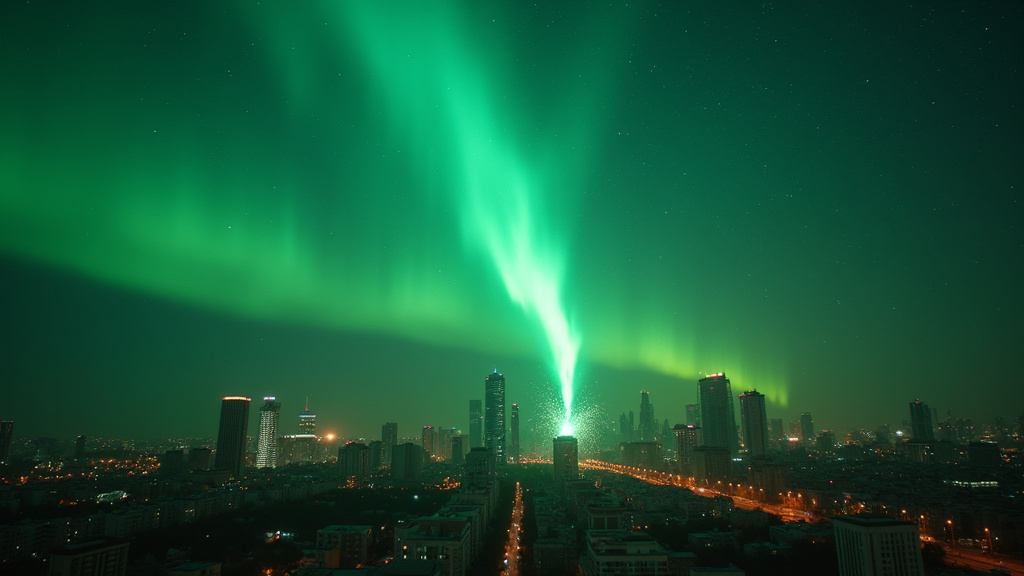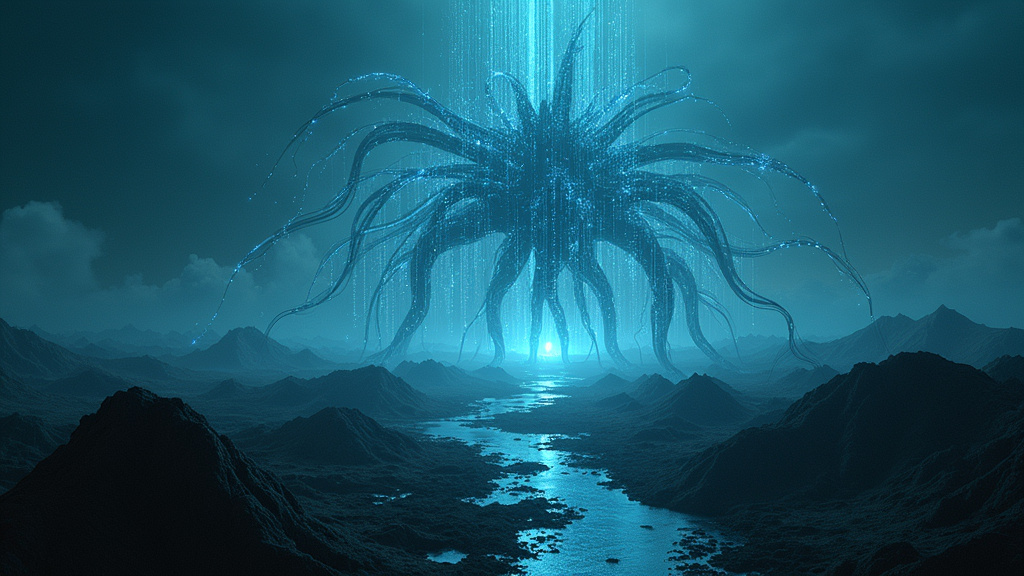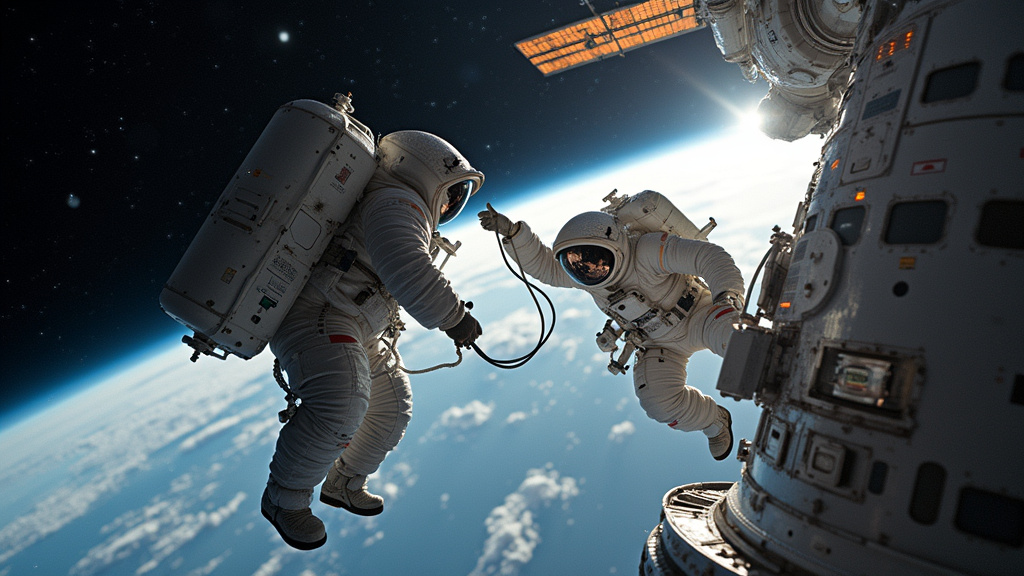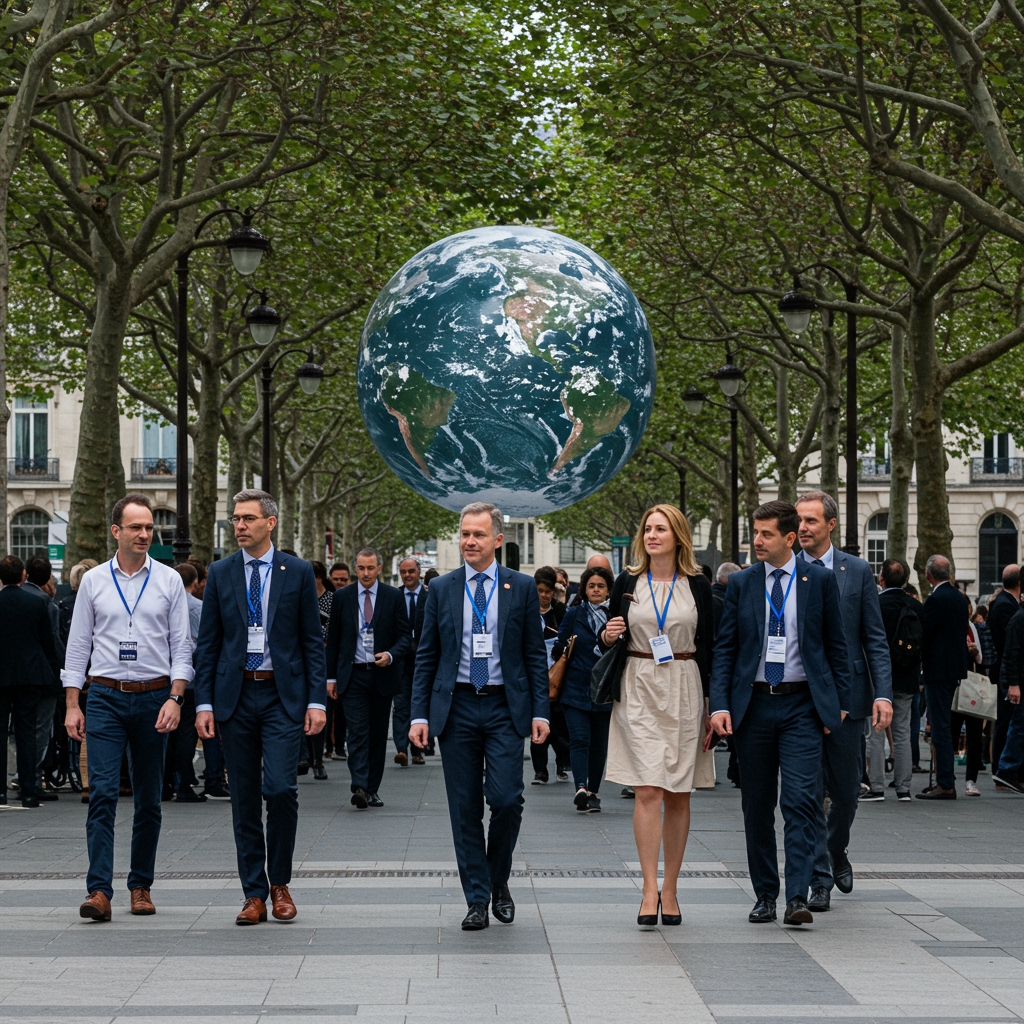MOSCOW – A dazzling green fireball streaked across the Moscow sky in the early hours of Monday, October 27, 2025, captivating early morning commuters and residents with a rare celestial spectacle. The vivid display, characterized by trailing sparks as the object broke apart, was captured by numerous cameras and has quickly become a trending topic across social media platforms, highlighting the intriguing nature of the Moscow fireball.
This dramatic event bears striking similarities to the 2013 Chelyabinsk meteor, another significant fireball incident that occurred in Russia and garnered global attention. While the Moscow fireball did not result in any reported damage or injuries, its sudden appearance and brilliant nature have revived crucial discussions about space object detection and planetary defense, underscoring the importance of understanding every Moscow fireball event.
A Fiery Visitor in the Dawn Sky: The Moscow Fireball
Eyewitness accounts and video footage circulating online depict a brilliant, intensely green object traversing the night sky just before dawn. The color is often indicative of nickel content within the celestial body, a detail that has intrigued amateur astronomers and scientists alike regarding this Moscow fireball. The object appeared to fragment as it encountered Earth’s atmosphere, a typical characteristic of fireballs, where intense friction causes disintegration. The absence of a sonic boom or ground impact suggests the object largely burned up high above the city, a fortunate outcome for a potential Moscow fireball.
While officials have yet to issue a definitive statement on the object’s origin, initial speculation leans towards a meteor, particularly given that October is known for several meteor showers. However, some experts suggest the object’s observed behavior and composition might also point towards space debris re-entering the atmosphere. The rapid fragmentation and prolonged brightness of the Moscow fireball have fueled debate among analysts, with official confirmation eagerly awaited.
Echoes of Chelyabinsk and the Push for Planetary Defense
The event inevitably draws parallels to the 2013 Chelyabinsk meteor, when an asteroid roughly 18 meters in diameter exploded over Russia, injuring over 1,600 people, primarily from shattered glass and building damage. That incident, which released an energy equivalent to 500 kilotons of TNT, served as a significant wake-up call, emphasizing the vulnerability of populated areas to unexpected celestial events and spurring efforts in planetary defense following the Chelyabinsk meteor.
Similar to the aftermath of Chelyabinsk, the Moscow fireball has reignited calls for robust space surveillance systems and international cooperation in monitoring near-Earth objects. The lack of reported damage from this latest event is a cause for relief, but it underscores the unpredictable nature of space events and the ongoing need for proactive measures in planetary defense. Discussions around establishing a comprehensive “spaceguard” system, previously championed by figures like former Russian Prime Minister Dmitry Medvedev, are likely to gain renewed traction after this striking Moscow fireball.
A World of Events: Space and Geopolitics Converge
This astronomical event occurs during a particularly busy period for major global events. October 2025 has already seen significant international political developments, including discussions on peace plans and ongoing geopolitical tensions. The appearance of an unexplained celestial object amidst such a climate inevitably prompts broader considerations. Some analysts note that in regions experiencing heightened geopolitical tensions, natural phenomena can sometimes be subject to misinterpretation, adding a layer of complexity to their observation and reporting of events like the Moscow fireball.
Beyond the immediate spectacle, October is rich with astronomical events. The Orionid meteor shower is currently active, with its peak expected later in the month, offering another opportunity for skywatchers. World Space Week also took place earlier in October, highlighting humanity’s ongoing engagement with space exploration and scientific discovery.
Ongoing Analysis of the Moscow Fireball and Future Implications
While the immediate visual impact was stunning, the scientific community will now meticulously analyze the data captured from this event. Understanding the object’s trajectory, composition, and fragmentation patterns will provide valuable insights into the mechanics of atmospheric entry and the composition of objects in our solar system. The green hue observed in the fireball is of particular interest, as it can be linked to specific elements like nickel, potentially offering clues about the object’s origin—whether a natural meteoroid or man-made space debris.
The Moscow fireball serves as a potent reminder of our planet’s place in a dynamic cosmos. As technological advancements in surveillance and data analysis continue, the likelihood of detecting and understanding such events increases, offering a greater capacity to assess risks and respond to the ever-present possibility of major space events impacting our world, especially in light of the recent Moscow fireball.





